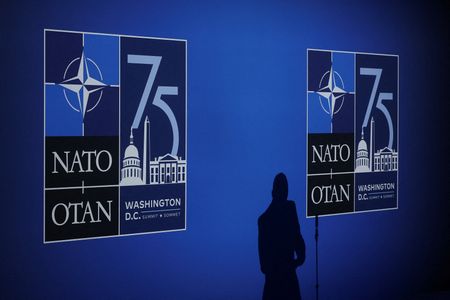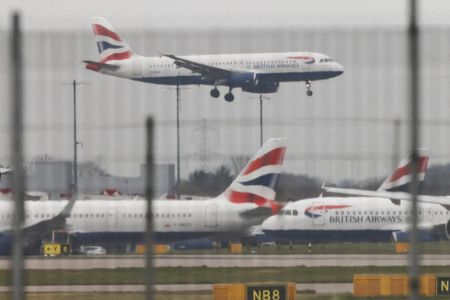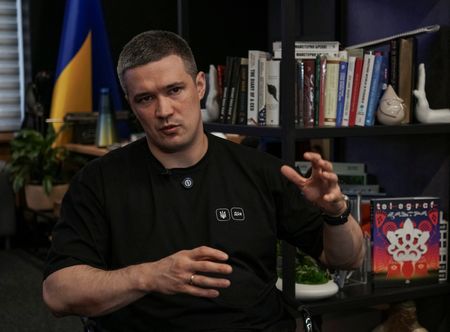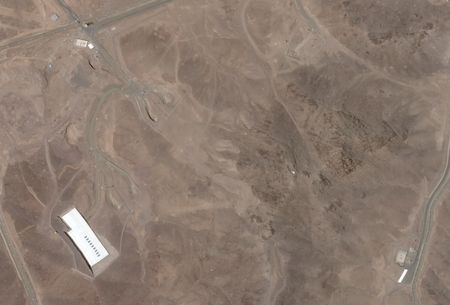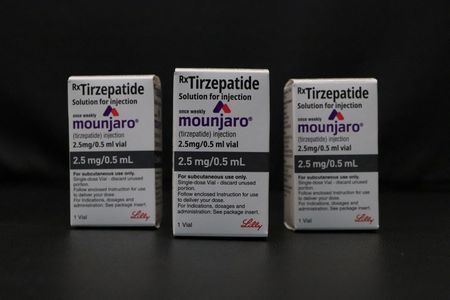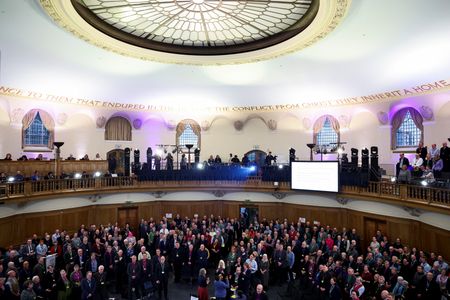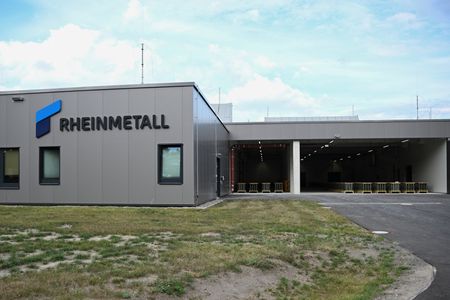BRUSSELS (Reuters) -All NATO members will hit a longstanding target of spending 2% of GDP on defence this year but only three currently reach a new, higher goal set by alliance leaders in June, NATO data released on Thursday showed.
Many NATO countries have substantially increased military spending in recent years, following Russia’s 2022 invasion of Ukraine and demands by U.S. President Donald Trump for European allies to invest more in their own defence.
Estimates from the alliance on Thursday showed that as recently as last year, more than 10 of NATO’s 32 members fell short of the 2% goal, which was agreed in 2014.
Figures for 2025 showed all allies meeting that target, with seven at the minimum of 2.0% and several others only marginally higher.
Poland is the NATO member spending the most on defence as a share of its economy, at 4.48%, followed by Lithuania at 4% and Latvia with 3.73%, according to the data.
Those were the only alliance members who currently exceed the new defence spending target of 3.5% of GDP agreed by NATO leaders at a summit in The Hague in June.
The leaders agreed to hit that target by 2035 as part of a broader goal of spending 5% of GDP on defence and security-related investments, to include items such as cybersecurity and upgrading roads and ports to handle heavy military equipment.
Speaking at the opening of an ammunition factory in Germany on Wednesday, NATO Secretary General Mark Rutte praised higher defence spending by alliance members but said it was important to turn the extra money into military capabilities.
“Cash alone doesn’t provide security,” he said at the factory in the town of Unterluess owned by German arms firm Rheinmetall. “Deterrence doesn’t come from 5%. Deterrence comes from the capability to … fight potential enemies.”
(Reporting by Andrew Gray; Editing by David Gregorio)


